UX Research
PV252 seminar
- UX research - what, why when
- Methods (qualitative/ quantitative)
- Interviews - structure, questions
- Activity
- Data analysis
- Homework
Agenda




Projects?
- Do you have a project team?
- Any questions?
Silence
Activity
3 min

User Research
Process of understanding the needs, behaviors, and attitudes of users to inform the design and development of products or services. It involves collecting and analyzing data about users through various methods such as surveys, interviews, and usability testing.
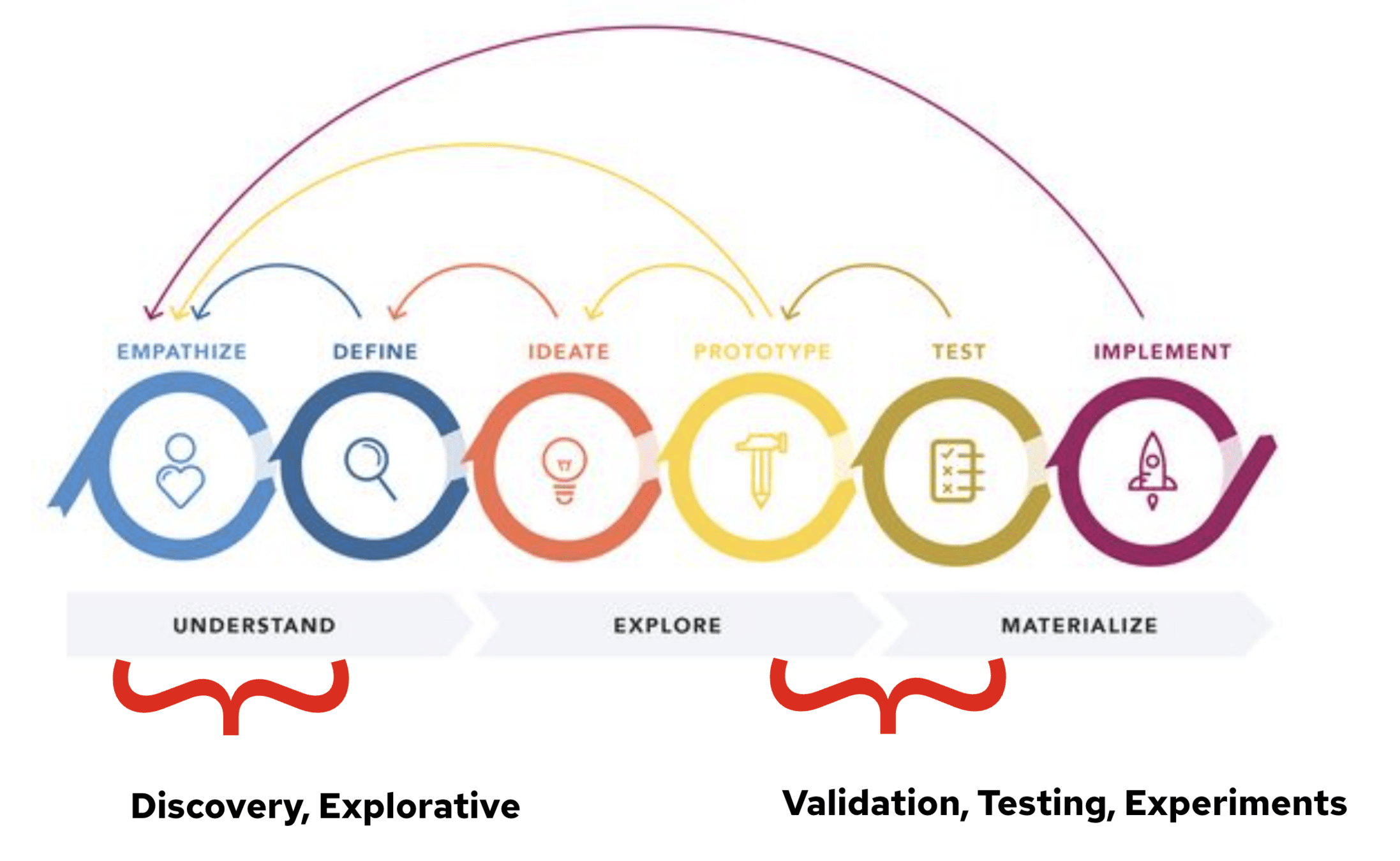
Why do we need research?

Risk reduction

YOU ARE NOT YOUR USER
YOU ARE NOT YOUR USER
YOU ARE NOT YOUR USER
YOU ARE NOT YOUR USER
YOU ARE NOT YOUR USER
YOU ARE NOT YOUR USER
YOU ARE NOT YOUR USER
YOU ARE NOT YOUR USER
YOU ARE NOT YOUR USER
YOU ARE NOT YOUR USER
YOU ARE NOT YOUR USER
YOU ARE NOT YOUR USER
YOU ARE NOT YOUR USER
YOU ARE NOT YOUR USER
YOU ARE NOT YOUR USER
YOU ARE NOT YOUR USER
YOU ARE NOT YOUR USER
YOU ARE NOT YOUR USER
YOU ARE NOT YOUR USER
YOU ARE NOT YOUR USER
YOU ARE NOT YOUR USER
YOU ARE NOT YOUR USER
YOU ARE NOT YOUR USER
YOU ARE NOT YOUR USER
YOU ARE NOT YOUR USER
YOU ARE NOT YOUR USER
YOU ARE NOT YOUR USER
YOU ARE NOT YOUR USER
YOU ARE NOT YOUR USER
YOU ARE NOT YOUR USER
YOU ARE NOT YOUR USER
YOU ARE NOT YOUR USER
YOU ARE NOT YOUR USER
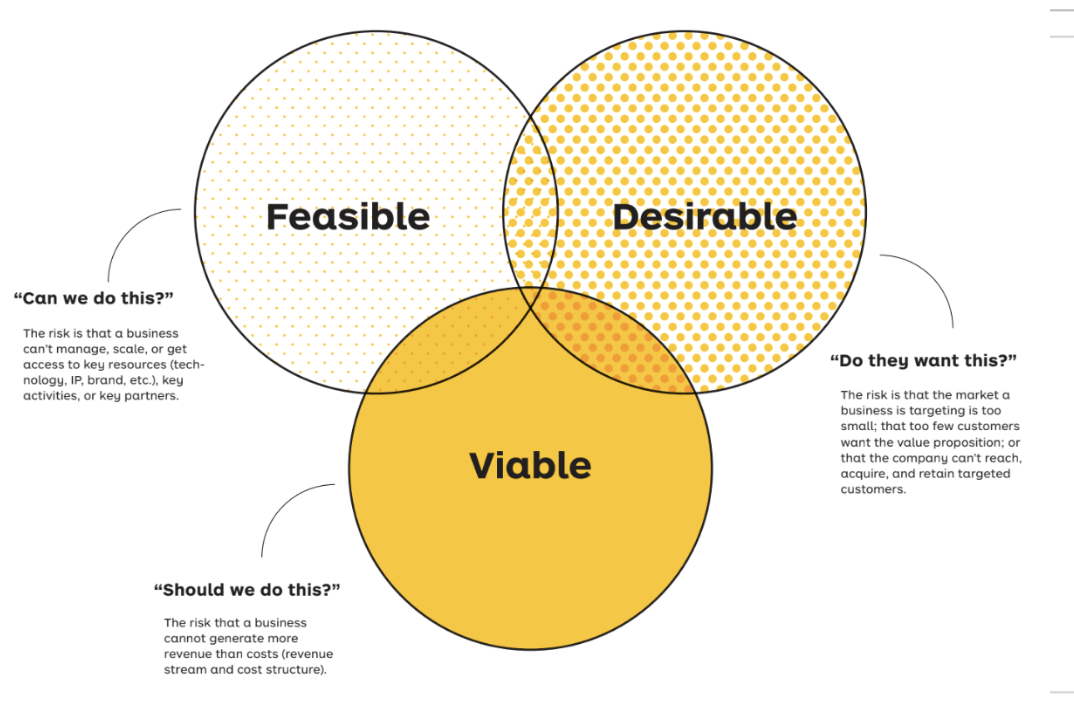
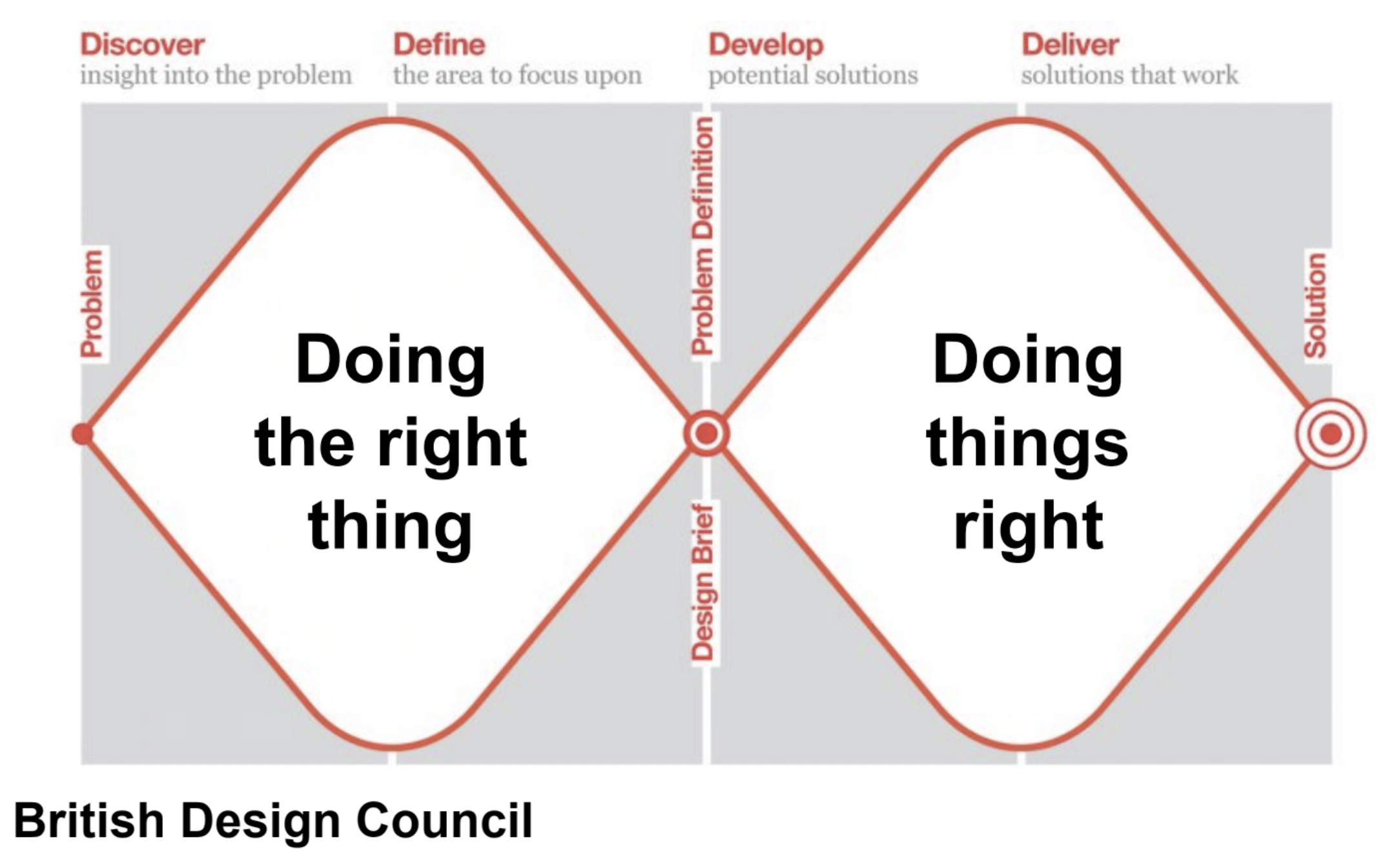
Questions
Activity
5 min
Describe your morning coffee ritual.
Are you satisfied with how Instagram displays ads?
Why do you use Spotify instead of Apple Music?
What is your opinion on the cancellation of bachelor's theses at FI?
What social networks do you use?
Do you prefer light or dark mode?
Is it easy for you to send money via Revolut?
Where do you buy your food?
If you were food, what would you be?
Rate yourself on using Figma from 1-5
What type of cheese did you last eat?
What superpower would you like to have?
Questions - are they good?
Assumptions
Unknowns
Things we are aware of and understand
validated facts
Things we understand but are don't realise we know
tacit knowledge
Known
Unknown
Knowns
Things we are aware of but do not understand
Hypothesis /research
Things we are not aware of nor understand
discovery possible
Assumption mapping
| What we know | Assumptions | Unknowns |
|---|---|---|
| Resources | hypothesis | What do we need to know/ find out? |
| facts, previous research | what must be fulfilled for an idea to work? | what is missing? |
1
Goal
3
Hypothesis
What do we want to confirm/ refute?
Any assumptions?
5
Preparation...
Scenario creation, question testing
2
Research questions
What are we trying to find out?
4
Method selection
How can I get these answers? Is question qualitative or quantitative?
How to "research"
-
Specific and Achievable (Objective)
-
Organizational benefit / User benefit
-
The Why (The rationale for the project)
1
Goal
-
What we don't know and need to know to achieve the goal (or Knowledge Gaps)
-
Relevant, about the user (or user-centric)
-
Testable (or Researchable)
-
Clear and specific
-
Open-ended
2
Research question
-
What we think we know (or Assumptions)
-
What we need to refute/validate
-
Clear statements (or specific)
3
Hyphothesis
Profit
Product adoption increase
Examples
-
What barries do users encounter when...
-
How do they pick shoes online?
-
When they are buying online, users do not check size chart
-
Price is very important

Methods
Methods
| Country | Methods | Questions | |
|---|---|---|---|
| Qualitative | interviews, usability testing, etnographic studies, card sorting | Why? How? | Time-consuming, expensive, deep dive, 7 people |
| Quantitative | surveys, benchmarking, A/B test, | How many? How often? | quicker, superficial, data from analytics |
Desk research
Previous studies
Topic/user group "search"
Comparative analysis
Do we need to invent a wheel?
Was there a story of enormous fail?
Interviews
What can we learn?
- A deeper understanding of the customer
-
Who are they? Goals and needs
-
Personas, segments
-
Mental models
-
How do they think about this? What do they expect?
-
Customer journey
-
What are their processes?
-
How do they use it?
Opportunities
-
What are they missing?
-
What makes them angry?
-
What is important to them?
What we cannot
-
Future behaviour (I would pay...)
-
Quantification
Just enough research
Surveys that work
Rocket surgery made easy
Resources
Interviews
Not always the right approach for every problem.
It favors depth over sample size, it’s not a source for statistically significant data.
Being semi-structured, each interview will be unique, making it hard to objectively tally data points across the sample.
Although we are typically interviewing in context, it’s not fully naturalistic.
A tool that intercepts and observes users who visit a website is capturing their actual behavior, but sitting with users and having them show you how they use a website is an artifice.
Interviews are not good at predicting future behavior,
Interview structure
-
Introduction,
-
small talk, establish trust
Intro
-
Warm-up questions
-
Core questions (or Main questions)
-
Probing questions
Core
-
Do you want to add something?
-
Thank you
-
Reward (?)
Wrap up
Types of questions:
-
Sequence: "Tell me about your day."
-
Specific example: "Tell me about the last time you bought shoes."
-
Detailed list: "Tell me all the apps you use."
-
Also ask about feelings: "How did that make you feel?" or "What feelings came up for you?"
-
Open ended questions
-
Probing: "Can you tell me more/ explain?"
Active listening techniques
Do you think this sharing option would be useful?
- Solution
- What behaviour,
use cases? - Yes/no
- Generic - what is useful?
Tell me about the last time you wanted to share xyz?
What was your workaround?
How often does it happen?
Project:
Improve team project collaboration
Text
Activity
Target: Students
Tasks
1. Create a research question
2. Create a scenario
-
Use the research question
-
Change the phrasing (simple, open, neutral)
-
Order the questions
8 min
Active listening techniques
Techniques
- Paraphrasing: Restating what the other person has said in your own words to show you've understood.
- Mirroring: Repeating the last few words or key phrase the person said to encourage them to elaborate.
- Silence: Pausing to give the other person time to think and speak.
- Unfinished questions: Starting a sentence and leaving it open-ended to prompt the other person to complete the thought (e.g., "You mentioned the meeting was...").
- Boomerang: Turning a question back to the person who asked it (e.g., "How is this supposed to work?" becomes "What do you think?").
- 5 whys vs. no whys
Mirroring
Activity
3 min
Tips and tricks
-
Establish a relationship of trust and respect
-
Use open-ended questions
-
Nodding and affirming
-
Active listening
-
Inquiring and probing
-
"Why" (but use a different word)
-
Always return to the topic
-
Replace "typically" with "the last time you"
- Don't judge or comment
-
Don't explain
-
Don't lead (no leading questions)
-
Don't interrupt
-
Don't use closed-ended questions
-
Don't use double-barreled questions
-
Don't use hypothetical questions
Do you want a notification when you run out of milk?
- Solution
- Leading question/ future
- Notification is not the "real need"
Tell me about the last time you run out of milk? Tell me about its impact?
Project:
Improve team project collaboration
Text
Activity
Interviews
Select role
-
Note-taker
-
Participant
-
Interviewer
-
Observe
10 min
Time
-
2 min select roles
-
5 min interview
-
3 min feedback
A few tips from student research interviews
-
Ask questions one at a time. Include example answers only if absolutely necessary and the participant is struggling to respond.
-
Do not ask about "features." These are solutions to user problems. Find out about needs.
-
If you start any question with "would you...," rewrite it immediately, as you are likely asking about future behavior (e.g., "Would you pay for..."). These are not usable data.
-
Focus on your goal/hypotheses and the rules we discussed.
-
You can use AI, but ideally run multiple iterations. It is not enough to just give it its role and the context.
A few tips from student research interviews
-
Use open-ended questions and simple language. (e.g., simple structures and words. Avoid terms like "user experience," "attributes," or "most essential criteria.")
-
Ask about specific stories (actions, behavior) that have already happened, as past behavior is a more reliable data source. Conversely, asking about future behavior can lead to speculation, not factual data.
-
Proceed from general questions to more specific ones to influence participants as little as possible.
Affinity diagram - topics
Persona
Value proposition canvas
Empathy maps
Analysis




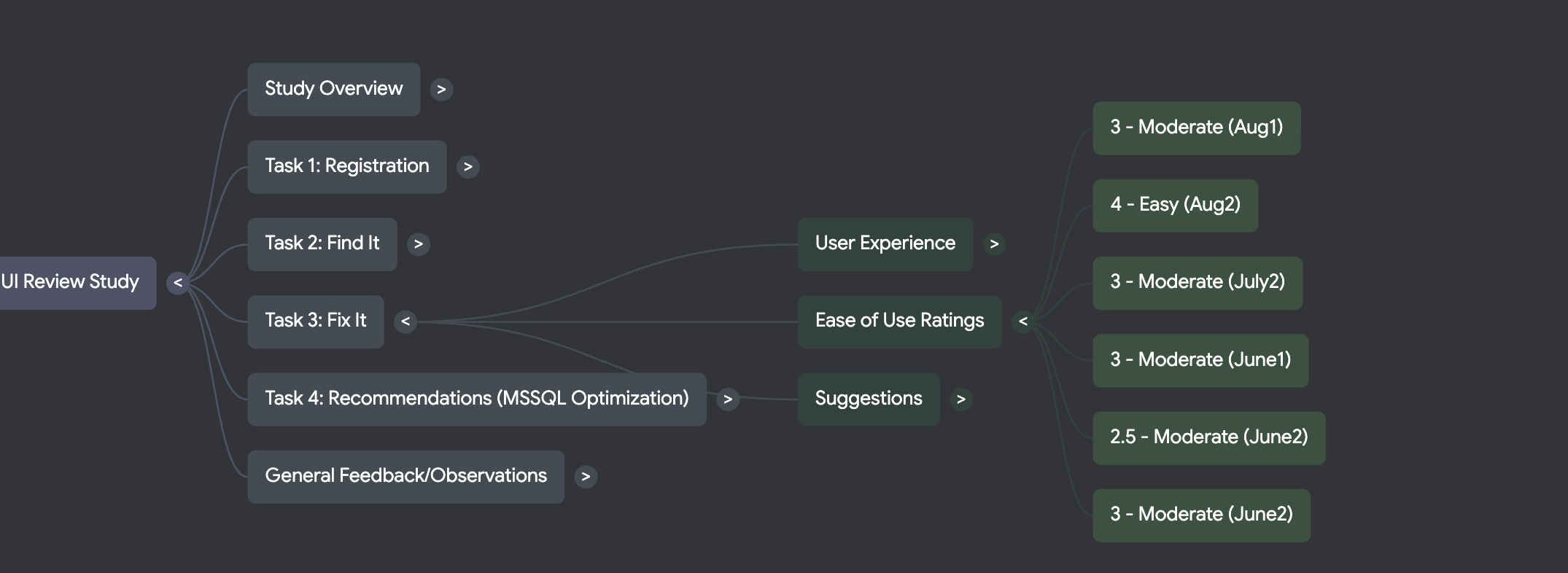

Data analysis
Fictive typical representative of the user segment
Goal is to build an empathy and focus
Personas
Personas should not be about demographics. They should be about the problems and challenges people face
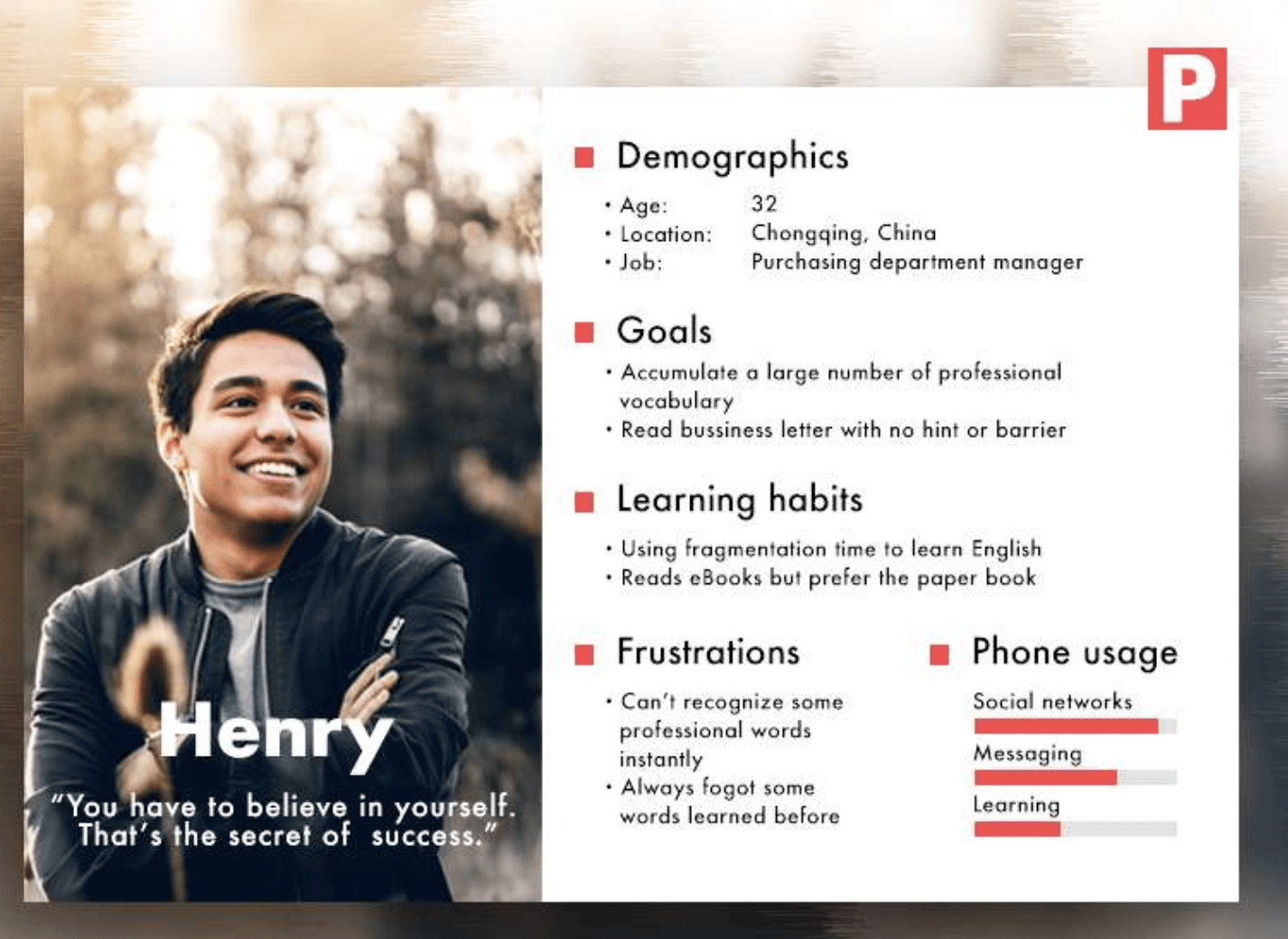
https://www.mockplus.com/blog/post/user-persona-template
(jtbd)
When (situation), a user needs to..., so they can...
Persona: Mark, 24, a university student, stays up late at night, likes latenight coffee.
Story: When studying late at night, Mark wants to stay focus and productive longer, so he can finish his paper.
User story
Project:
Improve team project collaboration
Text
Activity
Persona
- Characteristic
- Goals
- Frustrations
- 1 main task
8 min
Problem statement
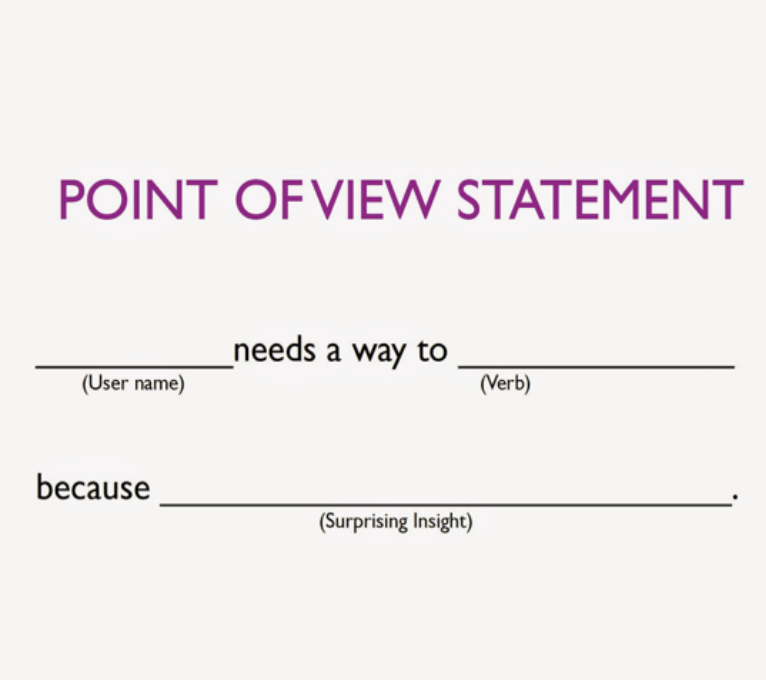
Scenario for your project
Project:
Target group:
Research question(s):
Hypothesis (any assumptions?):
Scenario (questions we will ask):
Homework (October 5th - 2p)
-
Run 5 interviews with REAL users from the target group (+1 with AI)
- Create persona: Goals, Frustration, Behaviour, main task
- Problem statement
Homework (October 12th - 5p)
UX research seminar
By Mari Švi
UX research seminar
- 24



